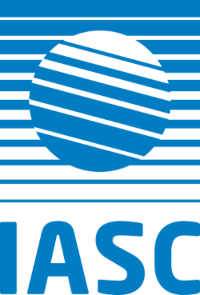Abstract
Atmospheric humidity, clouds, precipitation, and evapotranspiration are essential components of the Arctic climate system. During recent decades, specific humidity and precipitation have generally increased in the Arctic, but changes in evapotranspiration are poorly known. Trends in clouds vary depending on the region and season. Climate model experiments suggest that increases in precipitation are related to global warming. In turn, feedbacks associated with the increase in atmospheric moisture and decrease in sea ice and snow cover have contributed to the Arctic amplification of global warming. Climate models have captured the overall wetting trend but have limited success in reproducing regional details. For the rest of the 21st century, climate models project strong warming and increasing precipitation, but different models yield different results for changes in cloud cover. The model differences are largest in months of minimum sea ice cover. Evapotranspiration is projected to increase in winter but in summer to decrease over the oceans and increase over land. Increasing net precipitation increases river discharge to the Arctic Ocean. Over sea ice in summer, projected increase in rain and decrease in snowfall decrease the surface albedo and, hence, further amplify snow/ice surface melt. With reducing sea ice, wind forcing on the Arctic Ocean increases with impacts on ocean currents and freshwater transport out of the Arctic. Improvements in observations, process understanding, and modeling capabilities are needed to better quantify the atmospheric role in the Arctic water cycle and its changes.
Authors
Vihma, T., J. Screen, M. Tjernström, B. Newton, X. Zhang, V. Popova, C. Deser, M. Holland, and T. Prowse
Year
2016
Journal
JGR Biogeosciences
Citation
Vihma, T., J. Screen, M. Tjernström, B. Newton, X. Zhang, V. Popova, C. Deser, M. Holland, and T. Prowse (2016), The atmospheric role in the Arctic water cycle: A review on processes, past and future changes, and their impacts, J. Geophys. Res. Biogeosci., 121, 586–620, doi:10.1002/2015JG003132.
Link
IASC Related Activity
Arctic Freshwater Synthesis (AFS)
